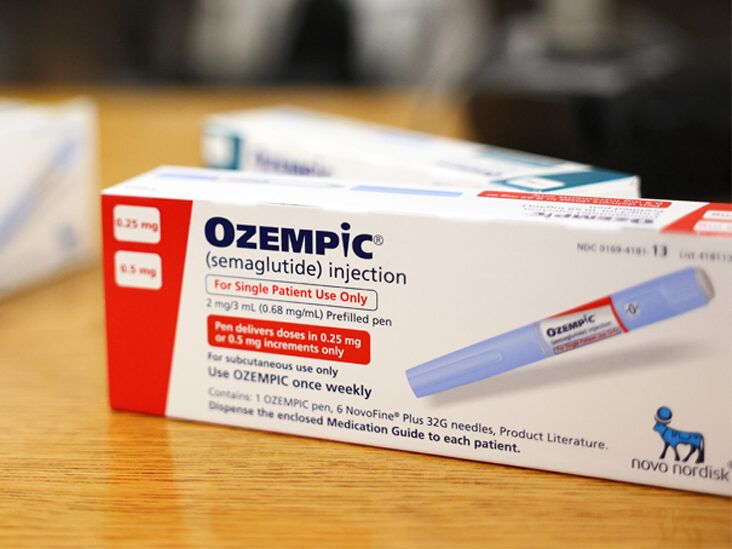How Long Can My Food Last in the Fridge After a Power Outage? What Experts Want You to Know

If there’s one thing that elicits an “ugh” response, it’s realizing your power is out—especially when your fridge is packed with food. After contacting the electric company to determine the cause and duration of the outage, you’ll need to act quickly to preserve your food. Should everything be thrown out? Is some food safe to eat? What can you do to extend the freshness of your food?
Experts say the safety of your food after a power outage depends on several factors. Here’s what you need to know.
How long does food last in the fridge after the power goes out?
It’s not just about the duration without power but also the temperature your food reaches. The United States Department of Agriculture (USDA) states that perishable foods should be discarded if they’ve been above 40°F for more than two hours. This is when harmful bacteria that cause foodborne illnesses can start to grow.
Assessing when your food reaches this point can be tricky. The USDA advises that a properly working fridge should keep food safe for about four hours after a power outage. Jill Roberts, a food safety expert and associate professor at the University of South Florida, emphasizes keeping the fridge closed as much as possible to prevent the food from spoiling faster due to external heat.
This is particularly crucial during summer. Food scientist Bryan Quoc Le, author of “150 Food Science Questions,” notes that hotter ambient temperatures can cause the food to warm up more quickly, reducing the fridge’s efficiency.
What about my freezer?
According to Le, food in the freezer can last between 24 to 48 hours if the door remains closed and depending on how full the freezer is. However, previously frozen food isn’t necessarily safe, as freezing doesn’t kill microorganisms; it only stops them from growing. Check for ice crystals and ensure the food is still cold to determine what can be refrozen. Anything thawed should be discarded.
Can I save my food?
If the power just went out, you can take steps to preserve your food. Roberts suggests using a cooler with ice to maintain food temperatures, but you must monitor the temperature closely. Keep food out of the “temperature danger zone” (above 40°F), which you can check with a food thermometer. Follow USDA guidelines on proper thermometer placement. If the cooler exceeds this temperature, toss the food.
I’m not sure when the power went out. What should I do?
If you don’t know when the power outage occurred, deciding what foods to keep or toss can be challenging. Roberts recommends discarding meat, poultry, fish, eggs, and leftovers, as they spoil first. Hard cheeses are more stable, but milk and yogurt should be thrown out. “When in doubt, throw it out,” she advises.
Never taste your food to check if it’s safe, as this can lead to foodborne illness. To monitor power outages when you’re not home, freeze a cup of water with a coin on top. If it melts and refreezes, the coin will drop, indicating a temperature change. Similarly, a melting popsicle will change shape.
Some foods can be kept even after a prolonged power outage. Le explains that foods with high sugar, acid, or salt levels, such as soy sauce, jams, peanut butter, butter, hard cheeses, vinegar-based dressings, and breads, can be kept. Uncut fruits and vegetables also fare better at room temperature.





